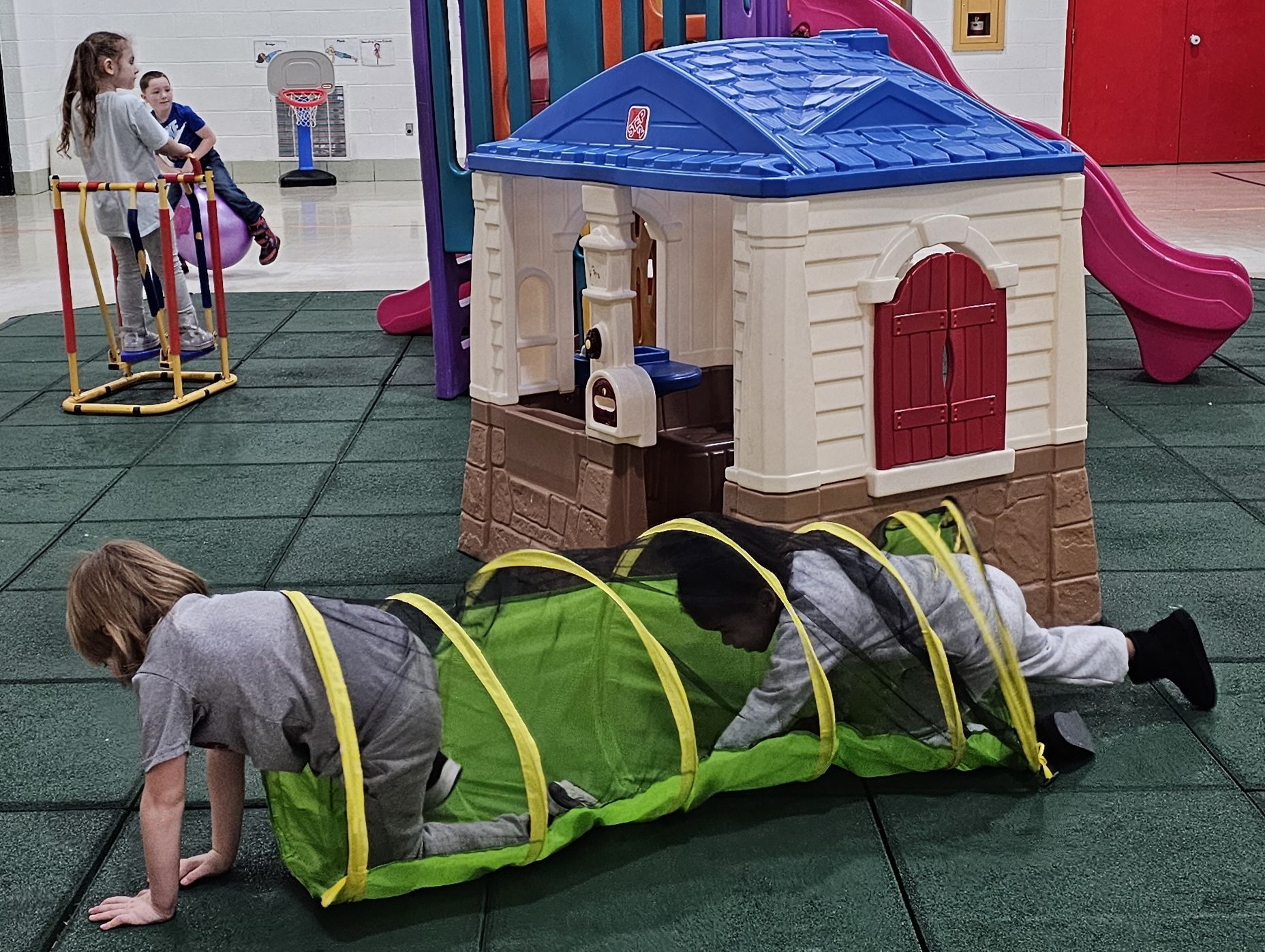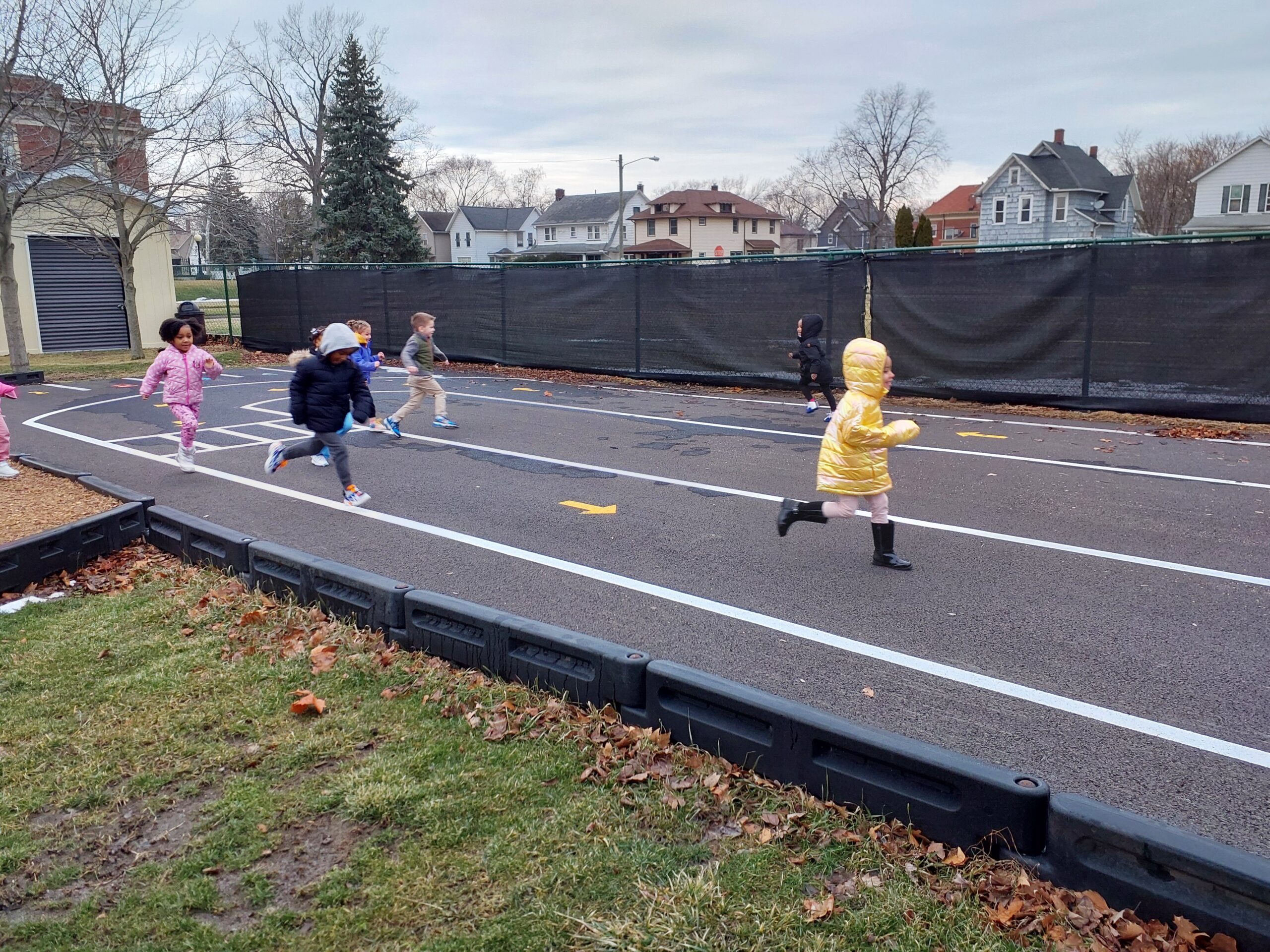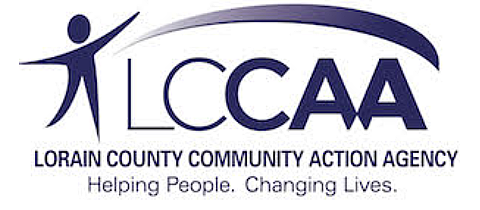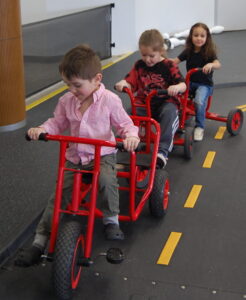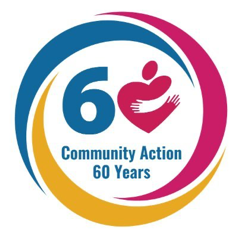LCCAA Head Start classrooms are full of opportunities for children to move and practice gross (or large) motor skills. These skills help preschoolers gain greater control over their bodies which contributes to their increasing confidence and their ability to engage in social play.
Head Start teachers and staff:
- Provide physical and emotional support for building gross motor skills.
- Offer toys and equipment that fit a range of physical abilities so all children can progress and succeed.
- Suggest a strategy or approach that will allow a child to experience success in a gross motor task or challenge.
- Suggest multiple gross motor options children can choose from during an activity.
Teachers provide opportunities and space for rhythmic movements and opportunities to combine gross motor skills and balance skills. These activities can also help build teamwork skills when children work with partners or in small groups. They can be practiced in the classroom, on the playground or at home either indoors or out. Sometimes a familiar activity in a different setting seems like a completely new experience.
Other examples:
- Balancing challenges such as walking on tip toes or following a line on the floor.
- Games like Simon Says or Freeze.
- Movements using one side of the body alternating with the other side such as marching.
- Movements using both sides of the body at the same time such as jumping.
- Combining movement and balance with obstacle courses.
- For more ideas, check Ready Rosie!
Head Start students love gross motor activities that provide automatic and sensory feedback. For example, provide targets with sound that let children know they hit it (e.g., targets for bean bag toss or kicked balls). Provide objects that make a sound when knocked down or hit (e.g., hitting a beach ball with a short Styrofoam “noodle”).
Our centers have a variety of equipment available to accommodate individual differences in children’s body size, skill level, and development of physical and sensory skills. This includes different types of balls and riding toys in different sizes.
Children also love to create their own physical activity game and rules, and revise and modify it over time.
Keep moving this summer – inside and out – with these ideas. If you have any concerns about your child’s physical development, please contact your teacher right away. Head Start staff has a variety of resources available if help is needed and can also reassure you about typical milestones.
Parents can also try the Ohio Department of Children and Youth’s new app Sparkler. The app allows parents to track their children’s skills against typical milestones. The most crucial time for a child’s learning and development is between birth and age five when 90 percent of their brain develops.
Visit School Status Connect for the link to Sparkler.
